Introduction: Why In-Person Gaming Is Making a Comeback
Walk into a cozy hobby shop and you might hear the clatter of dice, the shuffle of cards, and the hum of laughter from a table where a group is deep into a game of Dungeons and Dragons. These spaces are no longer just about buying miniatures or board games; they are becoming social hubs where creativity comes alive. For years, many assumed tabletop games would fade into the background as digital entertainment dominated, yet the opposite is happening. People are seeking real, face-to-face connections, and gaming spaces are answering that call.
Hobby Shops as Community Hubs
Hobby shops have transformed from simple retail outlets into vibrant communities. They offer more than shelves lined with game boxes; they provide rooms where stories unfold, friendships form, and imagination takes centre stage. Walking into one of these stores, it’s easy to spot regulars setting up a campaign, newcomers learning rules for the first time, and occasional visitors peeking in to see what the excitement is all about. Games like Dungeons and Dragons act as a bridge, drawing in diverse groups of people who might not otherwise meet, creating a shared adventure that’s hard to replicate online.
The Magic of Playing Together

There is something inherently magnetic about being in a space dedicated to play. Unlike virtual gaming, the tactile experience of moving pieces, rolling dice, or flipping cards brings a level of immersion that a screen cannot match. It’s about the little moments, like the collective gasp when a critical roll succeeds, or the laughter when an unexpected plot twist turns the story upside down. These experiences give people a sense of belonging, a reminder that fun and friendship can coexist outside the digital realm.
Creativity Unleashed in Local Spaces
Local gaming spaces are also supporting creativity in ways many hadn’t anticipated. Walls lined with hand-painted miniatures, custom terrain pieces, and fan art showcase the artistry behind the games. Players aren’t just consuming entertainment; they are contributing to a growing culture of makers and storytellers. The hobby shop becomes a gallery, a classroom, and a playground all at once, encouraging everyone from novices to seasoned veterans to explore their creative sides.
Gaming as a Way to Disconnect from Screens
The resurgence of these spaces speaks to a larger trend in how people approach leisure. In an age where social media and online streaming dominate free time, there’s a desire to slow down, step away from screens, and engage with others in a tangible way. Sitting around a table with friends, strategising, or narrating a scene creates a connection that lasts far beyond the session. It’s a subtle rebellion against the isolation of modern life, a way to remind ourselves that play has value and meaning.
Events That Bring Communities Together
Community events have also become a cornerstone of this revival. Weekly game nights, tournaments, workshops, and themed gatherings turn a simple visit to a hobby shop into an event worth planning for. For some, these events are the highlight of the week, a reason to leave home, interact with fellow enthusiasts, and immerse themselves in a shared passion. These gatherings also provide an avenue for mentorship, where experienced players help newcomers, ensuring the culture and joy of tabletop gaming continue to thrive.
Accessibility and Inclusivity in Modern Gaming Spaces
Another key aspect is accessibility. Gaming spaces are making efforts to welcome everyone, regardless of age, background, or experience level. Beginner-friendly sessions, inclusive rules explanations, and approachable staff ensure that anyone curious about tabletop games can join without intimidation. This openness is crucial in keeping the community diverse and vibrant, giving everyone a chance to find their place at the table.
Complementing Digital Play
It’s worth noting that these in-person spaces don’t compete with digital gaming; they complement it. Many players enjoy online sessions but still crave the atmosphere of a physical gathering. The ability to see reactions, hear laughter, and feel the energy of a room full of players creates a different type of satisfaction. A campaign may continue online during the week, but the in-person sessions often become the heart of the story, the anchor that makes every roll of the dice feel significant.
Economic and Social Impact of Hobby Shops
The economic impact of thriving gaming spaces is also notable. Hobby shops contribute to local economies, supporting jobs and encouraging small business growth. By hosting events, selling games, and fostering communities, these shops attract repeat visits and create loyal customers. Beyond finances, they enrich neighbourhoods by providing a space where creativity and collaboration flourish, becoming landmarks that draw people together.
A Cultural Revival, Not Just Nostalgia
As this revival continues, it’s clear that gaming spaces are more than a trend; they are a reflection of human connection. They remind us that while technology is incredible, there is still something irreplaceable about sitting together, sharing stories, and laughing over unexpected twists and turns. People leave these spaces not only with new games or miniatures, but with memories, friendships, and a renewed sense of joy in creativity.
The revival of in-person gaming spaces is more than a nostalgic throwback; it’s a testament to the enduring appeal of gaming. It’s a cultural shift toward valuing real-world interaction, creativity, and community. From hobby shops buzzing with energy to tables filled with laughter and imagination, these spaces are proving that play is not just a pastime, it’s a way to connect, grow, and belong. Whether you’re a veteran player or someone curious to try your first adventure, stepping into a local gaming space offers an experience that digital screens cannot match. It’s a reminder that the world of tabletop gaming is alive, thriving, and welcoming anyone willing to roll the dice.











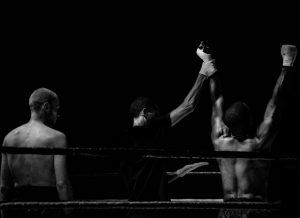





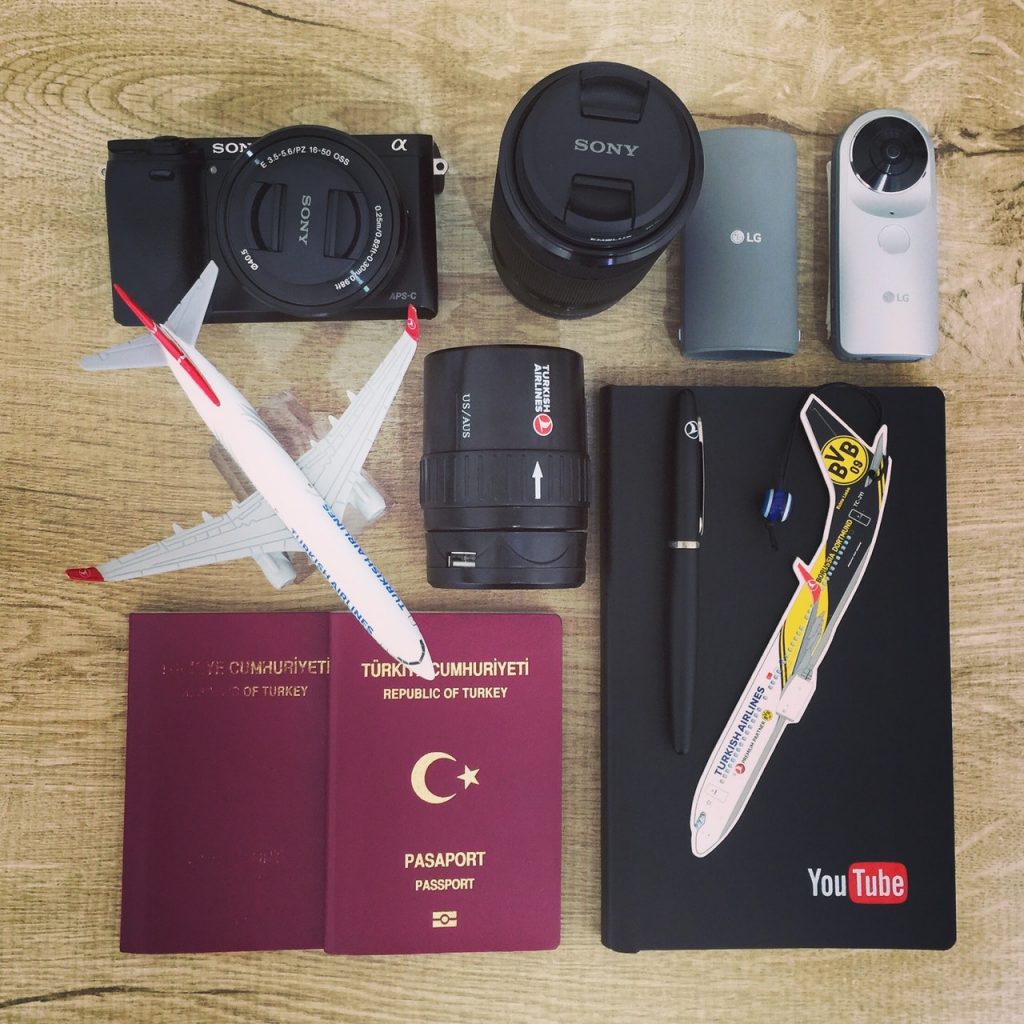

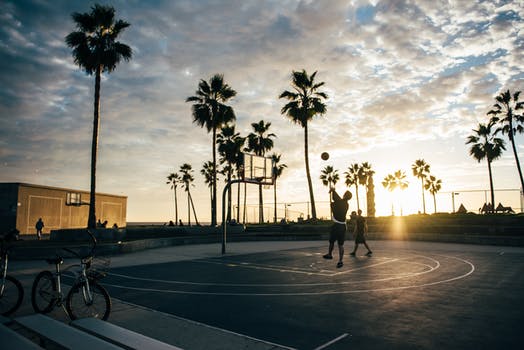
 with plenty of sunlight. Walls are usually painted white and timber floors are all part of the look.
with plenty of sunlight. Walls are usually painted white and timber floors are all part of the look.



 Shoes made in
Shoes made in
 In the single, circular line of Glasgow into the cobweb-like network that is London, underground train systems have been a cheap, dependable and convenient way of transport for a long time. The London Underground, also called “The Tube,” celebrated its 150th anniversary in 2013. Having stood the test of time that ranks it among the best metro systems in the world due to excellent quality management systems and platforms, what about others?
In the single, circular line of Glasgow into the cobweb-like network that is London, underground train systems have been a cheap, dependable and convenient way of transport for a long time. The London Underground, also called “The Tube,” celebrated its 150th anniversary in 2013. Having stood the test of time that ranks it among the best metro systems in the world due to excellent quality management systems and platforms, what about others?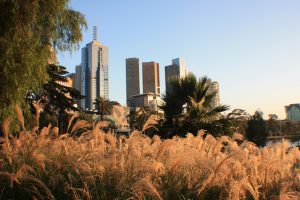

 It is true that we are living in an age where each single day passes away at a lightening fast pace. This pace is ever increasing with the passage of every single day. But there is no dearth in our interest in travel and tourism. As a matter of fact, tourism as an industry is gaining momentum all around the globe. In this regard the South American country of Mexico needs a separate mention for itself.
It is true that we are living in an age where each single day passes away at a lightening fast pace. This pace is ever increasing with the passage of every single day. But there is no dearth in our interest in travel and tourism. As a matter of fact, tourism as an industry is gaining momentum all around the globe. In this regard the South American country of Mexico needs a separate mention for itself.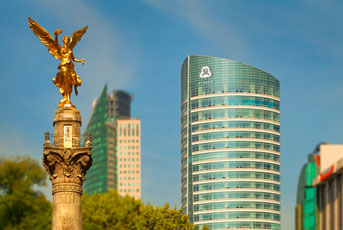 Mexico City, one of the most populous cities in the world, is also one of the greatest places for tourists to be in. There are several places of great tourist interest in the city. For instance there are the Pyramid of the Moon and the Pyramid of the Sun, the Mexican National Palace, Plaza de Toros Mexico, and regions like El Palenque, La Zona Rosa, or El Zocalo. Apart from these, there are several sites that bear good deal of relics from the Aztec civilization. As the capital of the country, Mexico City also has some of the best Mexico hotels where the tourists are provided with all sorts of facilities. This city is connected aerially to almost all important cities in the world. So, getting in to the city will be no problem at all. Other important cities are well connected with this capital city by an appreciable network of railway and regular bus services.
Mexico City, one of the most populous cities in the world, is also one of the greatest places for tourists to be in. There are several places of great tourist interest in the city. For instance there are the Pyramid of the Moon and the Pyramid of the Sun, the Mexican National Palace, Plaza de Toros Mexico, and regions like El Palenque, La Zona Rosa, or El Zocalo. Apart from these, there are several sites that bear good deal of relics from the Aztec civilization. As the capital of the country, Mexico City also has some of the best Mexico hotels where the tourists are provided with all sorts of facilities. This city is connected aerially to almost all important cities in the world. So, getting in to the city will be no problem at all. Other important cities are well connected with this capital city by an appreciable network of railway and regular bus services.